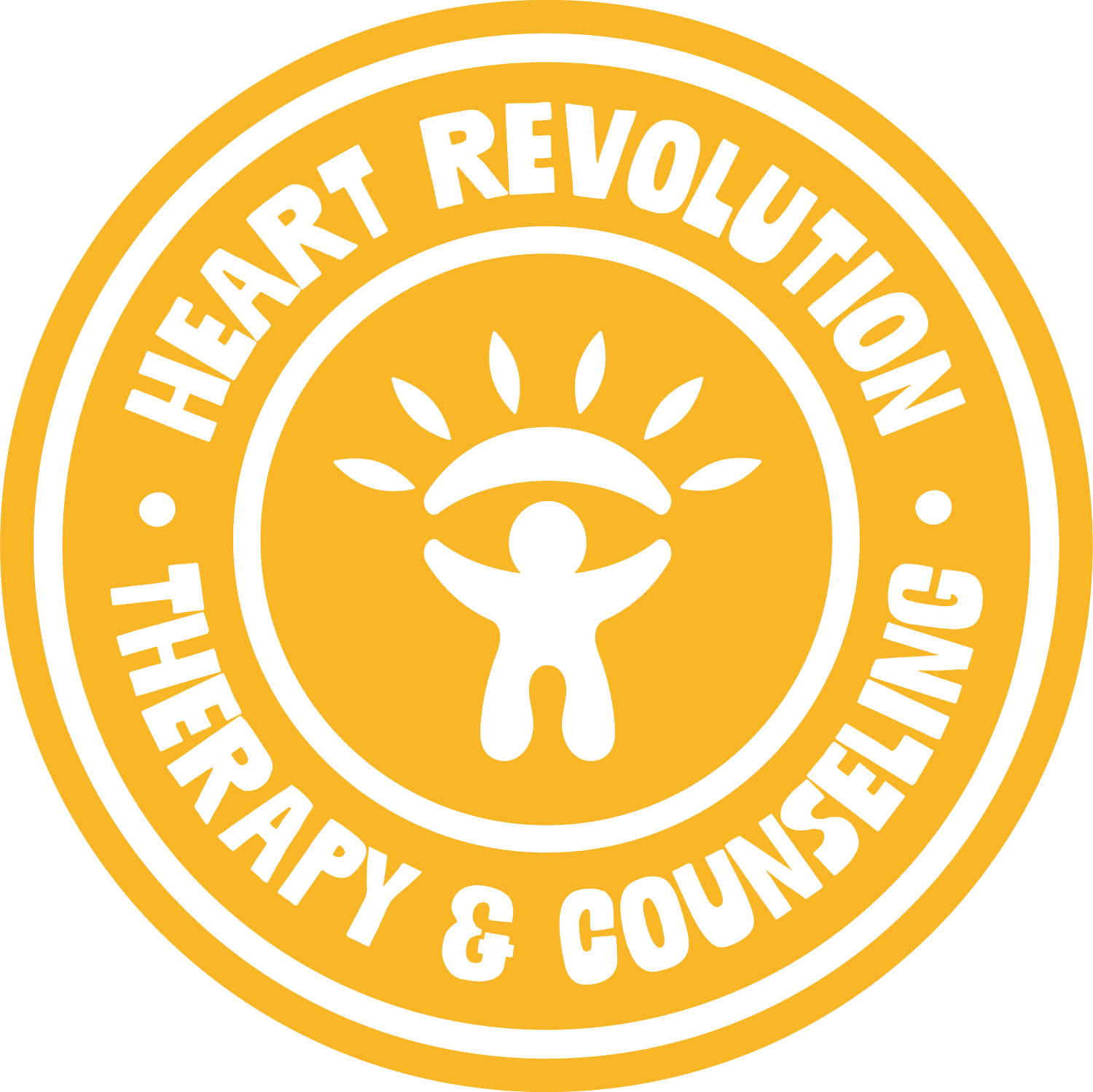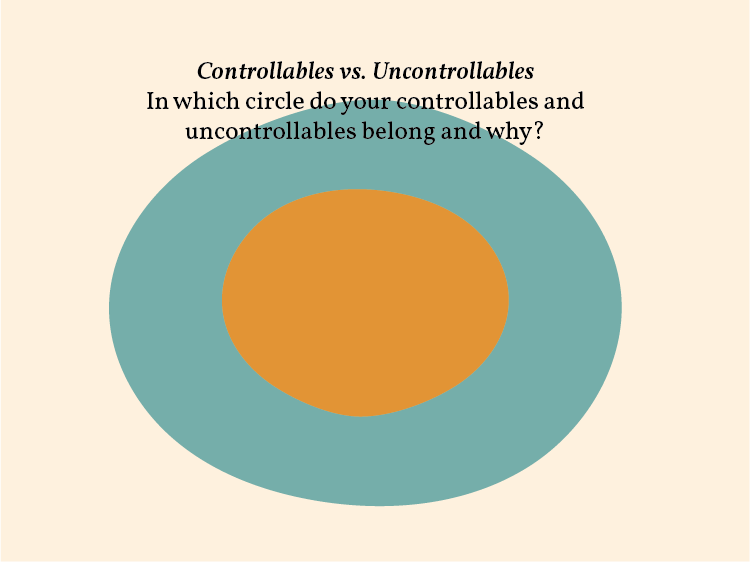
Art Therapy & Counseling
Art therapy helps individuals of all ages, backgrounds, and experiences enhance their emotional, psychological, and cognitive well-being through creative cathartic expression. By providing a safe and non-judgmental space for self-reflection and exploration, art therapy empowers individuals to unearth their innermost thoughts, emotions, and experiences, ultimately leading to deep healing, growth, and transformation. Whether you are looking to overcome trauma, manage stress, improve relationships, or simply seek personal development, art therapy and counseling offer a dynamic and enriching journey towards a more fulfilled and balanced life.

10 Benefits of Art Therapy
1. Integration: Art therapy combines traditional mental health counseling techniques with various art interventions, providing clients a creative outlet for self-expression. The use of art can help individuals communicate and process emotions that may be difficult to express verbally.
2. Non-Verbal Expression: Unlike traditional talk therapy, art therapy allows individuals to express their thoughts, feelings, and experiences through somatic, visual, and symbolic means. This non-verbal expression can be especially effective for those who struggle with verbal communication or have difficulty accessing and articulating their emotions.
3. Access the Unconscious: Art therapy can tap into the unconscious mind allowing individuals to explore and discover aspects of themselves that may be hidden or repressed. The creative process can bring forth insights and symbolic representations that may not emerge through verbal conversation alone.
4. Therapeutic Distance: The act of creating can provide a sense of detachment and safety for clients. It allows them to explore and process difficult emotions and experiences without feeling overwhelmed or having to directly confront challenging memories or situations. This can be particularly beneficial for individuals who have experienced trauma or have difficulties opening up in a traditional counseling setting.
5. Multi-Sensory Experience: Art therapy engages multiple senses, including touch, sight, and sound. This multi-sensory experience can enhance the therapeutic process and create a more holistic and immersive environment for exploration and healing.
6. Creative Problem-Solving: Through the art-making process, individuals can develop and practice creative problem-solving skills. Art therapy encourages flexibility, experimentation, and thinking outside the box, which can help individuals develop new perspectives and coping strategies that can be applied to their daily lives.
7. Integrative Approach: Art therapy is often used in conjunction with other therapeutic modalities, such as cognitive behavioral therapy or emotion-focused therapy. An integrative approach allows therapists to tailor treatment to an individual’s specific needs and goals.
8. Enhance Self-Awareness: Art therapy can help individuals gain insights into their thoughts, feelings, behaviors, and interpersonal patterns. The visual representations of their experiences can provide a tangible and concrete way to reflect on and understand themselves more deeply.
9. Culturally Inclusive: Art therapy transcends language barriers and cultural differences, making it accessible to a wide range of individuals. It can be adapted to accommodate diverse cultural backgrounds and ways of expression, allowing for a more inclusive and person-centered approach to therapy.
10. Embodied Healing: Art therapy recognizes the mind-body connection and incorporates somatic approaches to healing. Through the art-making process, individuals can connect with their bodies and engage in sensory motor exploration, promoting self-regulation, relaxation, and embodied awareness.






